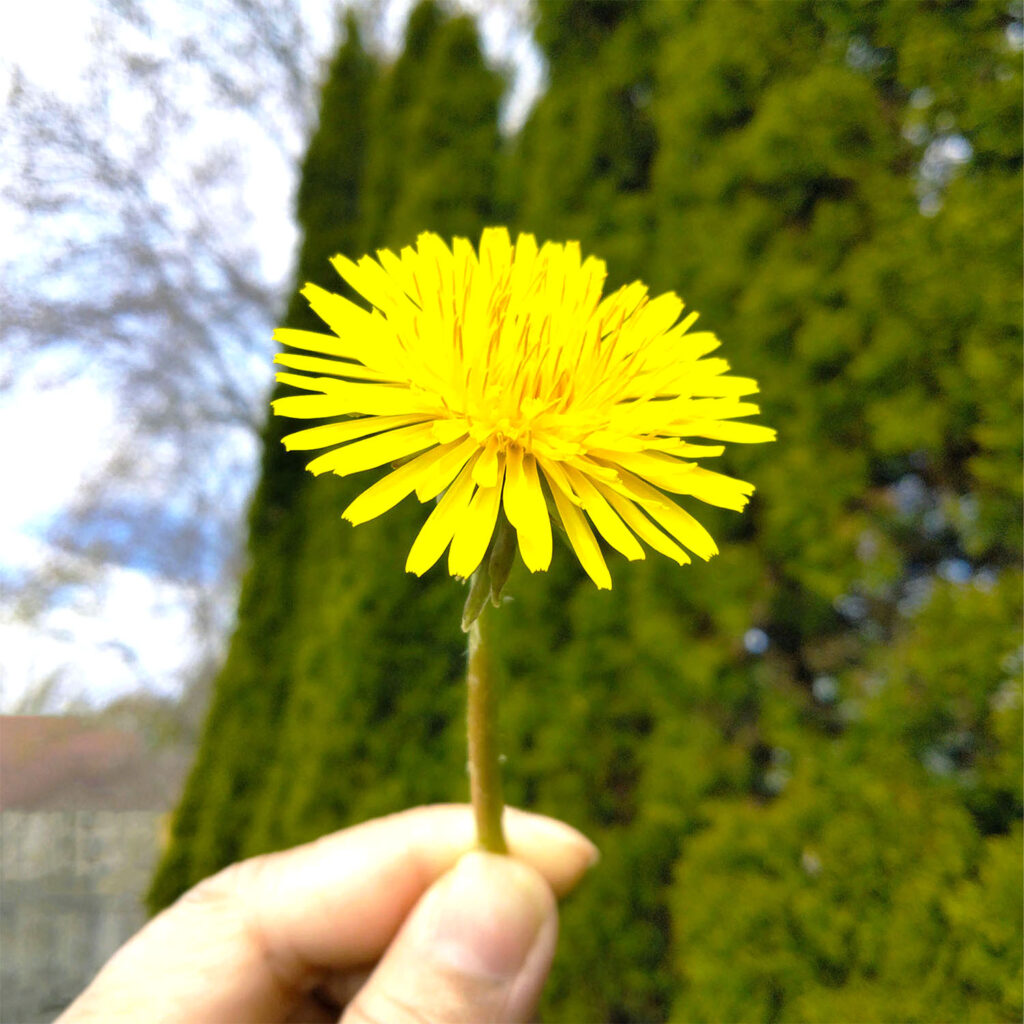These flowers are wild violets (Viola Sororia), also commonly known as common blue violets. They are small, low-growing perennials with heart-shaped leaves and vibrant purple flowers. Wild violets often thrive in woodlands, meadows, and lawns, especially in mild regions.
They are known for their edible flowers, which some say they use in salads or as garnishes. They also attract pollinators like bees and butterflies love these flowers.
How to Plant Common Blue Violets?
To grow common blue violet (Viola Sororia), choose a location with partial shade to full sun and moist, well-drained soil rich in organic matter. Sow seeds in fall or early spring, lightly pressing them into the soil without burying them, or plant divisions in spring or fall, spacing them 6–12 inches apart. Keep the soil consistently moist, add a thin layer of mulch to retain moisture, and trim dead leaves in early spring for fresh growth.
Common Blue Violet Other Names
The Common Blue Violet (Viola Sororia) is also known by several other names, including:
- Woolly Blue Violet
- Hooded Violet
- Meadow Violet
- Purple Violet
- Dooryard Violet
- Butterfly Violet
- Wood Violet
What State Do They Grow?
Common blue violets (Viola Sororia) are native to eastern and central North America and can be found growing in many U.S. states. They thrive in mild regions and are commonly seen in states such as:
- Northeastern U.S.: New York, Pennsylvania, Massachusetts, Connecticut
- Midwestern U.S.: Ohio, Illinois, Indiana, Michigan, Wisconsin
- Southeastern U.S.: Virginia, North Carolina, Tennessee, Georgia, Florida
- Central U.S.: Missouri, Kentucky, Arkansas, Oklahoma

They prefer moist, shaded areas but can also adapt to lawns, woodlands, and even roadside ditches. Wild violets are also the state flower of Illinois, Rhode Island, New Jersey, and Wisconsin.
What Month They Emerge?
Common blue violets (Viola Sororia) typically emerge in early spring, with their first blooms appearing between March to May, depending on the region and climate.
- Southern U.S. (warmer climates): Late February to March
- Midwestern & Northeastern U.S.: April to May
- Northern U.S. & Canada: May to early June
These flowers appear every spring in my backyard and front yard. Our soil is moist, hardy, and well-drained so these common blue violet flowers thrive. It’s not only growing well on our property but also spreading especially in shaded areas.
How Long Do They Bloom?
Common blue violets (Viola Sororia) typically bloom for about 4 to 6 weeks, usually from April to June, depending on the climate.

Wild violets (Viola Sororia) come in several colors and varieties, though the most common type is the common blue violet. Here are some of the main types and their colors:
Are They Invasive?
Yes, common blue violets are invasive. They spread through underground rhizomes, making them a common sight in gardens and lawns year after year. So, if you like to plant these flowers, but don’t it invading your entire lawn, it is best to plant them in the pot because they are also self-seeding and spread easily.
What Colors and Varieties Were There?
Wild violets (Viola Sororia) come in several colors and varieties, though the most common type is the common blue violet. Here are some of the main types and their colors:
Common Colors of Wood Violets
- Purple/Blue – The most common color, with deep purple or blue petals and a white center.
- White – Some varieties have pure white petals, often with purple veining.
- Lavender/Pale Blue – A softer shade of blue or violet.
- Bicolor (White & Purple) – Some wild violets feature white petals with purple or blue markings.

Is Common Blue Violet Perennial or Annual?
Wood violets (Viola Sororia) are perennial plants, meaning they return and bloom year after year. They spread through both underground rhizomes and self-seeding, allowing them to form dense patches over time and it would make them a natural ground cover.
Because they grow in shaded and moist areas, they can often be found in woodland gardens, lawns, and meadows. Once established, they require minimal care and will continue growing each spring.
Common Blue Violets Soil and Ecological Benefits
Every year, common blue violets multiply in our yard. At the very back of our yard, where we don’t go that much because it’s only designated for wildflowers, so the pollinators can enjoy them.
But, in some parts of our yard where they grow spread wildly, I pull them. Common blue violets also have deep roots which help stabilize soil, preventing erosion in sloped areas or disturbed ground. When they decompose, their leaves add organic matter, enriching the soil.
While some gardeners love their beauty, others find them weedy in lawns. By using wild violets strategically, you can enjoy their beauty and benefits while keeping them from becoming invasive.
Common blue violets (Viola Sororia) provide several benefits to the soil and ecosystem, making them a valuable addition to natural landscapes.
Other Garden Flowers You Might Want to Plant
Some links on this blog are affiliate links. If you click on these links and make a purchase, I may earn a small commission, at no extra cost to you. Thank you for your support.




